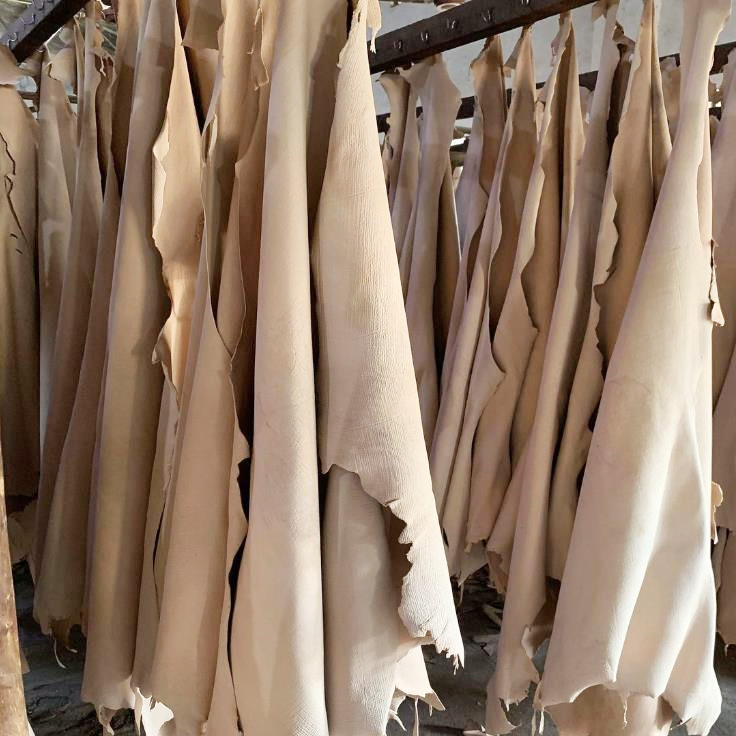
The sourcing of leather is an intricate global network, and the United States is no exception. In fact, the question of “Where does the US get its leather?” paints a complex picture of international commerce, sustainability considerations, and supply chain logistics.
To begin with, it’s important to note that the United States has its own domestic source of rawhide, primarily from the beef industry. The cattle are raised for meat, and their hides are then sold as a byproduct, which can be transformed into leather. However, not all leather used in the US is sourced domestically. In fact, a significant portion is imported from various countries around the world. If you’re interested in learning more about the materials used in leather production, this article offers an in-depth view.
When it comes to the global leather trade, Brazil, Italy, China, and India are among the key players. Each country has its unique strengths, from the sheer volume of hides produced to the quality and variety of the leather. For instance, Brazil and China are among the world’s leading leather exporters, due in part to their sizable cattle industries. This article provides a comprehensive look at the global leather export landscape.
The reputation of Italy’s leather industry is globally recognized for its exceptional quality and superior craftsmanship, often sourcing premium materials from European countries. Numerous luxury brands choose to source their leather from Italian tanneries because of their enduring tradition of excellence in leatherwork. Although Italy doesn’t supply a significant portion of the US leather market, its influence is felt strongly, particularly within the luxury goods market. The Italian leather industry sets a high standard for quality and continues to be a leading influencer in the global leather market.
However, even though the US imports a substantial amount of leather, it also has a noteworthy domestic industry. There are indeed leather tanneries in the US, offering a range of services from tanning raw hides to dyeing and finishing leather. More information about US tanneries can be found here.
The journey of leather from rawhide to finished product is a captivating process. This journey might take several weeks to several months depending on the methods used and the desired outcome. To understand how long it takes to produce leather, you can refer to this article.
In conclusion, the US sources its leather from a blend of domestic and international suppliers. This diverse sourcing strategy supports a vibrant and complex industry, from mass-market products to luxury goods. It also underlines the importance of a global perspective in understanding the dynamics of the leather industry.